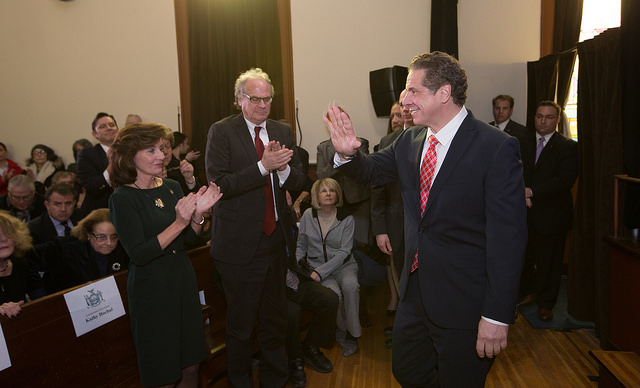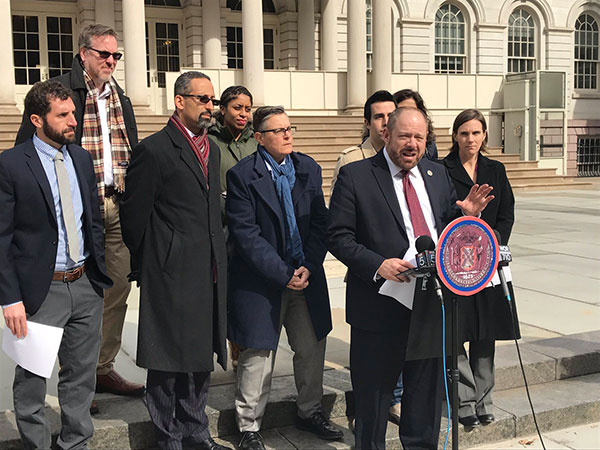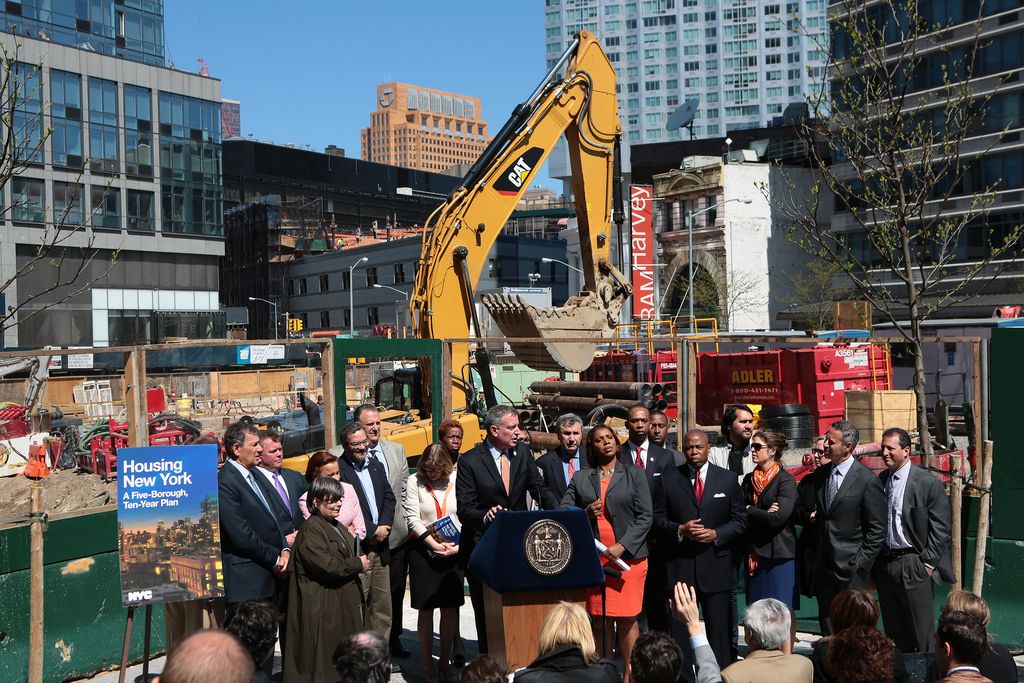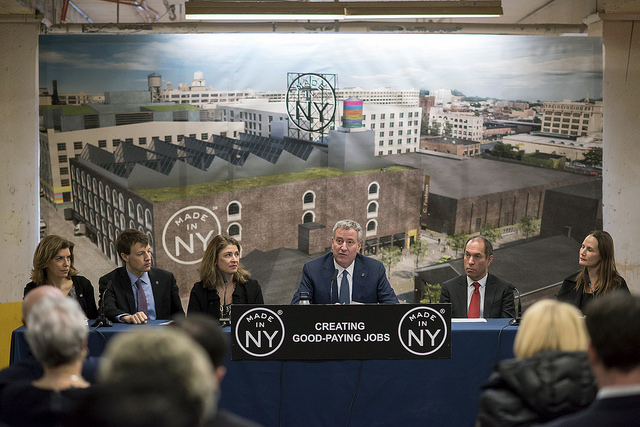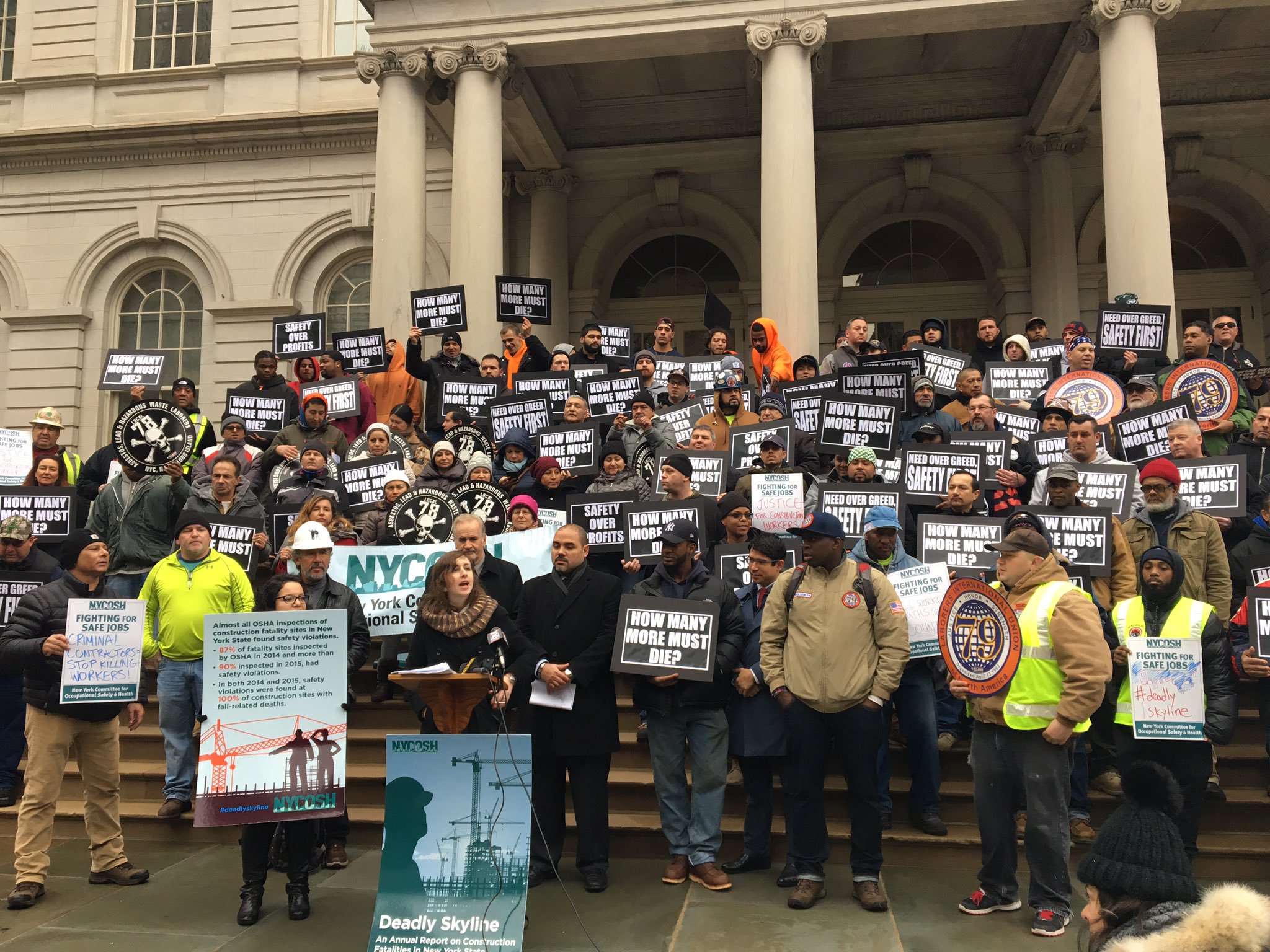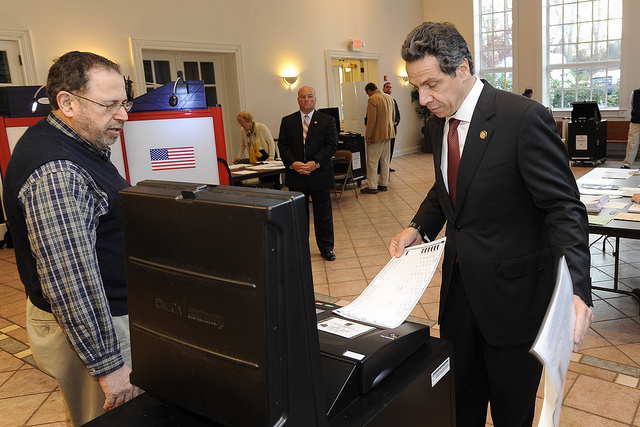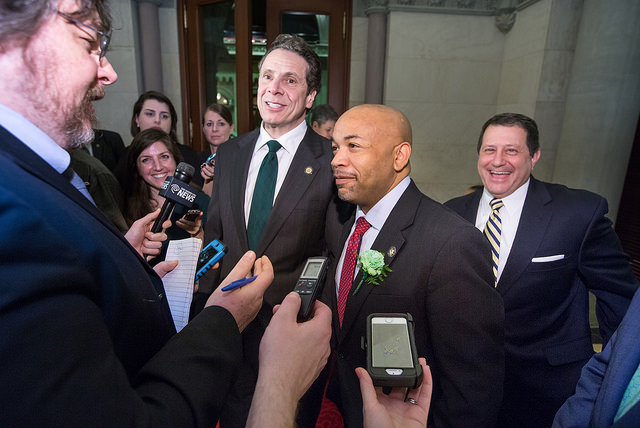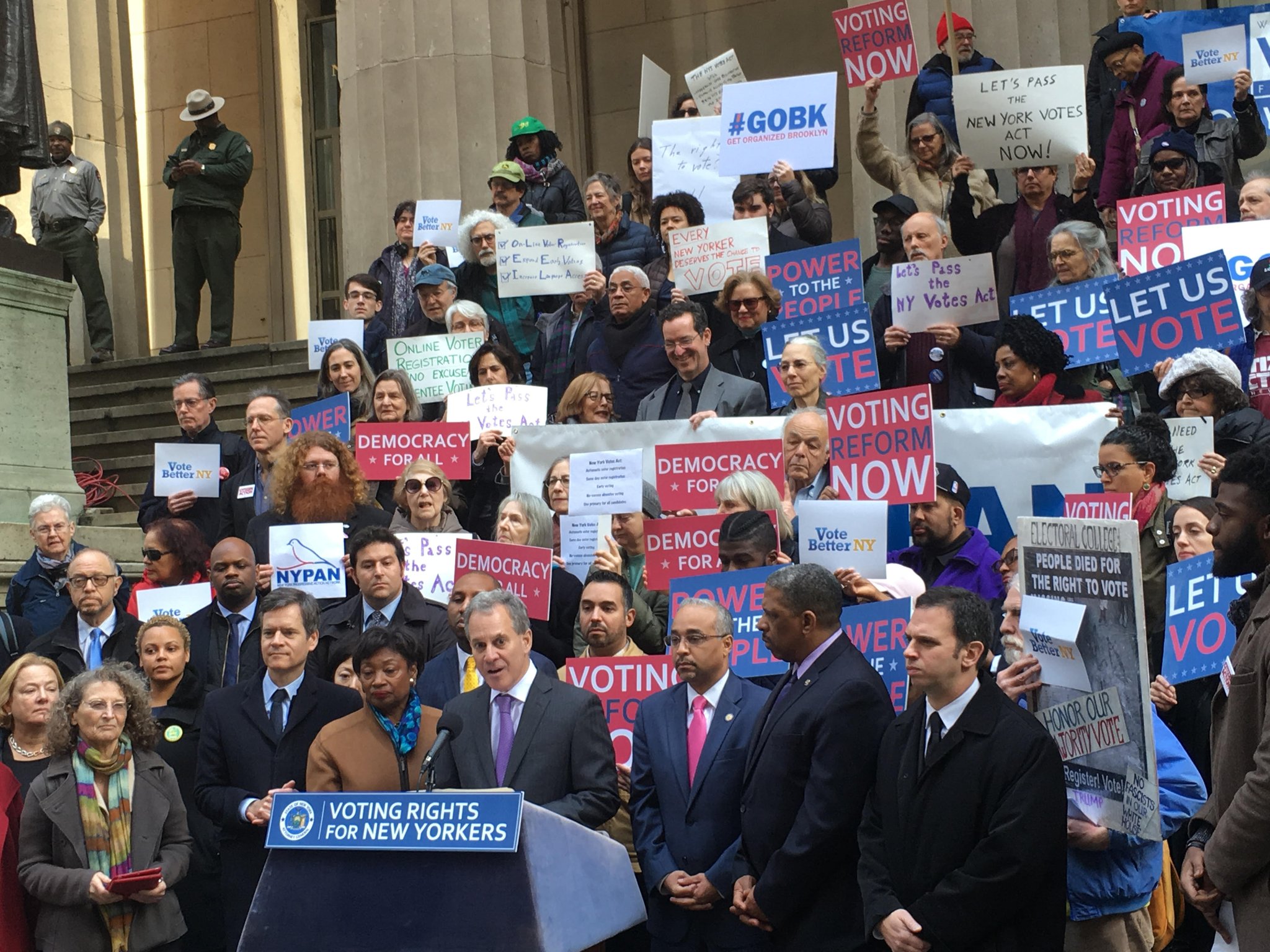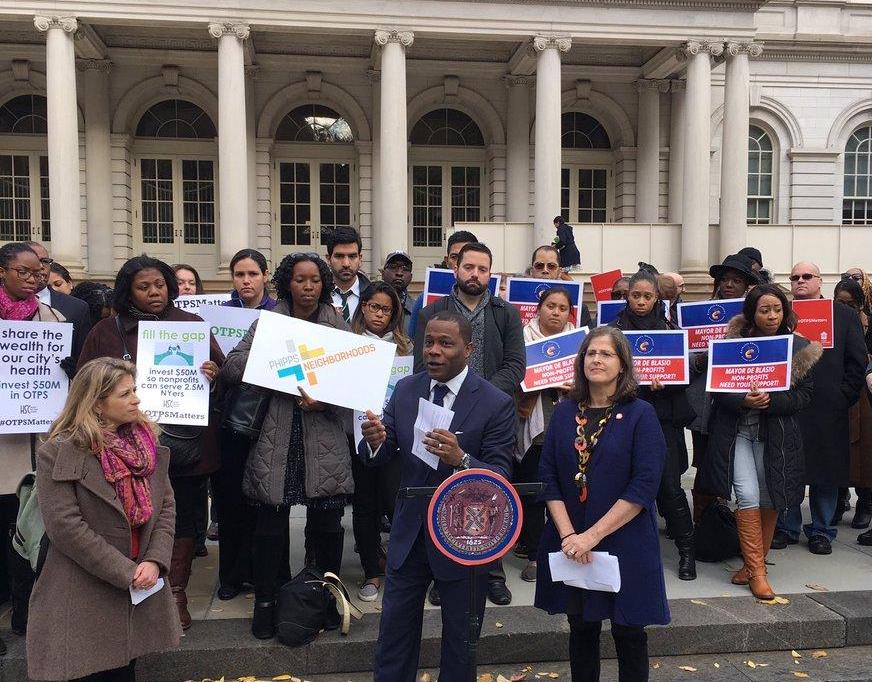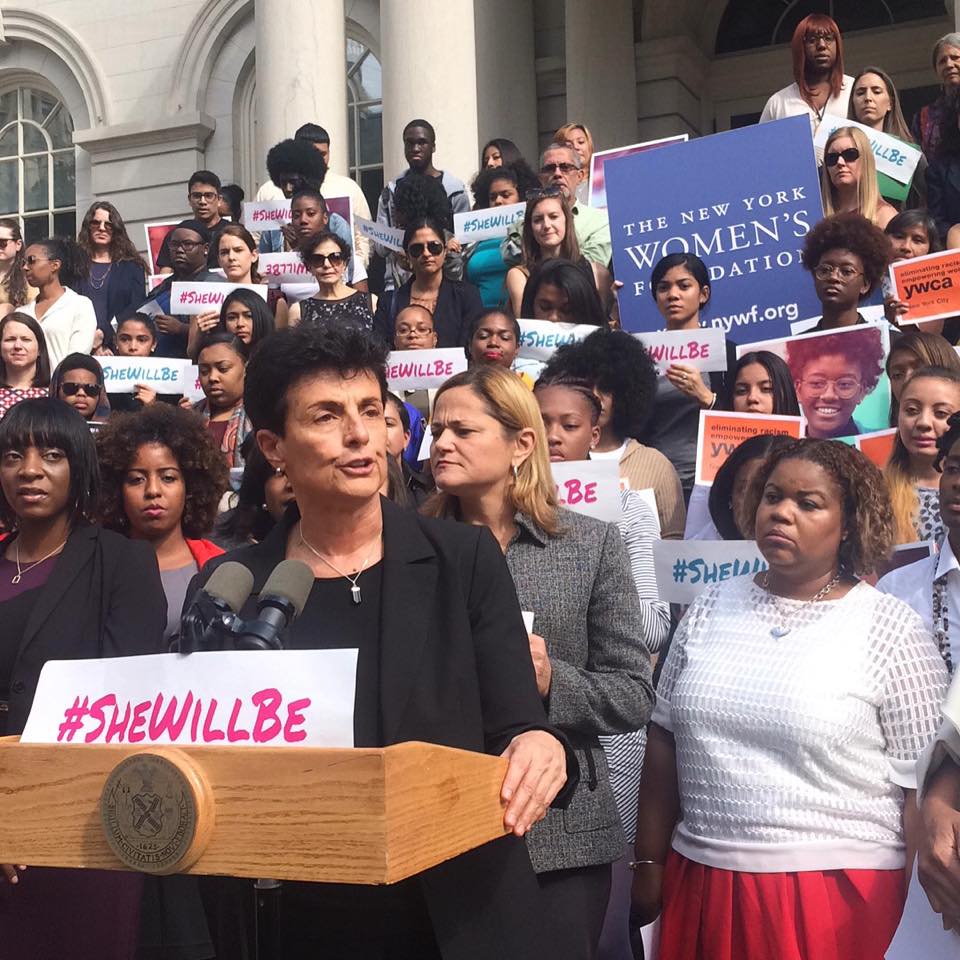
Ana Oliveira, the author
A study released last month in the journal Science found that by age six, girls are already less likely to see themselves and other girls and women to be as brilliant and capable as boys. While this applied to girls regardless of race and income, a report released in November by The New York Women’s Foundation highlights the particular challenges faced by low-income girls, particularly immigrant girls and girls of color, and the critical need to support their mothers and caretakers in order to promote their progress.
New York City is home to 450,000 girls under the age of eight. Fully three-quarters live in communities of color or immigrant communities. As many as 40% live in poverty.
These girls clearly embody the vibrant, diverse future of our city. Last fall, every poster announcing New York’s new universal pre-K program prominently displayed at least one of those little girls’ shining faces, inspiring deep feelings of warmth and protectiveness.
The problem is that tender feelings and a single additional year of schooling are far from sufficient to meet these girls’ needs. The first eight years of a child’s life comprise a period of both unique vulnerability and unparalleled cognitive, physical, and social-emotional development. Ensuring solid health and progress for low-income girls thus requires ensuring that they receive strong, consistent nurturance from well-supported and well-prepared adults – 24/7 – across all those critical years of learning and growth.
And that is where we run into trouble.
Our report, Blueprint for Investing in Girls Age 0-8 from The New York Women’s Foundation, clearly shows that our society has remained stubbornly resistant to adopting measures that would ensure fair protection, just compensation, adequate support, and strong preparation to the low-income women of color who are raising these girls.
Here are the facts:
--Low-income mothers have highly-limited access to the basic guidance, reassurance, and respite that all mothers need to be effective nurturers and first teachers. While mothers of means can typically avail themselves of an array of supports – from culturally-appropriate parenting groups to knowledgeable nannies to classes explaining just how to boost a child’s reading skills – there exist no comparably- and consistently-accessible resources for all the low-income mothers whose core childrearing challenges are inevitably further exacerbated by the tolls of poverty.
--Low-income women of color are overwhelmingly both the main (or sole) wage earners and the main (or sole) caregivers for their families. They are concurrently responsible for paying their families’ core bills, providing or arranging for their children’s round-the-clock care, and serving as the backbone of our city’s low-wage workforce. Yet, New York City currently provides only some 36,000 slots of direct, subsidized childcare to cover the needs of the hundreds of thousands of working mothers who cannot possibly afford market-rate care. And even the families that qualify for the subsidy often find the slots to be geographically inaccessible, financially unaffordable, or unavailable at the moment that they need them.
--The (predominantly non-white, female) workers who staff the city’s subsidized childcare programs earn salaries that put them barely over the poverty line themselves. And the even larger cadre of informal caregivers employed by most working mothers have only limited access to the ongoing training, support, feedback, and supervision that their vitally-important work merits – and requires.
--The service and retail jobs that low-wage working women overwhelmingly hold are typically characterized by minimal pay scales, erratic hours, and total lack of flexibility. Low-wage working mothers therefore not only battle to simultaneously meet their families’ caregiving and economic needs – they struggle fiercely to dovetail those childcare arrangements to the sudden fluctuations of their working hours and to ensure that someone is on hand to handle the emergencies that can arise in any family.
Fortunately, the situation is not completely grim. Across the city, a range of sterling efforts are leading the way to improvement on all those critical fronts.
They include:
--The Nurse-Practitioner Partnership and Healthy Families programs, which offer up to two years of intense, culturally-appropriate in-home guidance and support to a small but crucial segment of the city’s youngest and most vulnerable mothers.
--A range of service agencies – like BOCNET, Whedco and the five members of the Child Care Resource and Referral Consortium (CCRC) – that are working to improve and extend low-wage families’ access to high-quality affordable childcare and provide robust training and supports to formal and informal childcare providers.
--A group of advocacy organizations – for example, A Better Balance – which are doggedly seeking fairer and more viable employment practices and conditions for working parents.
These and other similar efforts are creating a track record of solid success. All are eminently expandable and replicable – given the will and the resources.
The experts strongly agree: If we want the low-income girls of our city to be as healthy, stable, and successful as possible, we need to better recognize, respect, and bolster the strengths of the low-income women of color who hold these girls’ futures in their hands.
For not only are those women these girls’ main caregivers and providers, they are also their main role models. And so, if we continue to underpay, exploit, and under-support those adult women, we are offering those girls a very discouraging vision of their own potential adult destinies.
Don’t we owe the future leaders of our families, communities, and workforce something better than that?
***
Ana Oliveira is President & CEO of The New York Women’s Foundation.
***
Have an op-ed idea or submission for Gotham Gazette? Email This email address is being protected from spambots. You need JavaScript enabled to view it.
